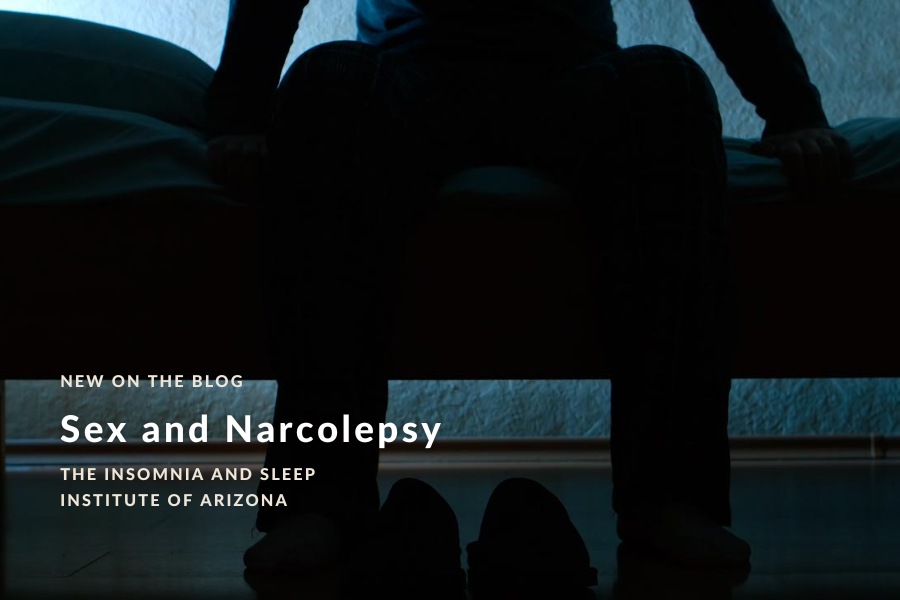A 2022 study published in Sleep explored “sex-related differences between sleep-wake dynamics” using a mouse model—but there is no guarantee that the findings can be extended to humans. Narcolepsy is one of the many sleep disorders treated at The Insomnia and Sleep Institute of Arizona. Narcolepsy is a type of parasomnia and arguably the most misunderstood of sleep disorders. It presents as excessive drowsiness during the day, making it difficult for patients to stay awake for extended periods of time. Unlike how it is presented in mainstream media, it is very uncommon for someone with narcolepsy to suddenly and fully fall asleep while undertaking daily tasks such as walking. Instead, narcolepsy is a parasomnia that more commonly looks like extreme fatigue.
There are different types of narcolepsy, and the most common—Narcolepsy type 1 (NT1)—is a kind of sleep-wake disorder that happens when there is a loss of hypocretin (AKA orexin). Overall, NT1 is diagnosed pretty equally in both women and men, but there are inherent sex differences in NT1 that have been found both in humans and other species. Still, the majority of preclinical studies tend to not include female subjects. This has led to a gender bias when it comes to developing pharmaceuticals to manage narcolepsy. A team of researchers set out to see if there are sex differences when it comes to narcolepsy, and they did this by using “NT1 mice” who were manipulated to lose HCRT neurons via the removal of dietary doxycycline. Researchers used a combination of EEG data, electromyography (EMG) data, and video recordings to see if male and female NT1 mice acted differently.
Study Results
According to the researchers, they found that both male and female mice “exhibit high behavioral state instability, which was markedly higher in females with more behavioral arrests interrupting the wake episodes.” Throughout the study, the female mice presented with increased wake during the “dark phase” as well as less REM sleep in a 24-hour period. The researchers concluded, “We demonstrate that biologically driven sex-related differences exist in the symptomatology of NTI mice, which calls for including both sexes in future research.”
Of course, there is a long way to go before future research related to this study can be conducted. There is also no telling if the findings will translate to human subjects. However, what is well-known is that human studies have utilized a disproportionate number of men diagnosed with narcolepsy. Regardless of the fact that circa half of diagnosed narcolepsy patients are women, this is going to create an imbalance when it comes to treatment—particularly when treatment includes medications.
Living with Narcolepsy
There is no cure for narcolepsy, but there are means of managing it. The first step is working with a sleep doctor so you get the correct diagnosis, which in turn informs testing and treatment. In additional to pharmaceuticals, there are other avenues for managing narcolepsy, such as cognitive behavior therapy and lifestyle changes. Many narcolepsy patients benefit from doctor-supervised nap schedules. Identifying your unique triggers is also a critical part of minimizing narcolepsy symptoms.
There are many types of parasomnias, as well as sleep disorders, and it is not uncommon for co-morbidities to occur. For example, some with narcolepsy may also have insomnia. Narcolepsy can negatively affect every facet of your life including your health, job/finances, safety, and social life. Getting the help you need is critical. The majority of narcolepsy patients are adults, but it can also occur in children. This is why we treat patients as young as two years old.
We are proud to serve you as the Face of Sleep Medicine in Arizona. With unprecedented staffing levels and led by Dr. Ruchir P. Patel, MD, FACP, current physician director elected Board President of Maricopa County Medical Society and “Top Doc” in the area for six years in a row, we set the standard for sleep medicine in the state. Schedule your consultation today, with no referral needed, with a sleep expert who can diagnose disorders. Call us during clinic hours or get an even quicker response by completing the online contact form now.





